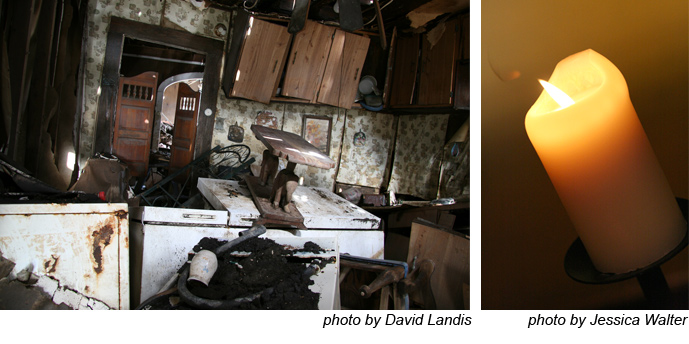
(click the header to read all stories)
Read the articles online:
- Emerging church profiles: Furthering the reign of God– Lora Steiner
- Inviting Outsiders– Gay Brunt Miller
- At the End of Ethnic Mennonite Life– Michael A. King
- Global shared convictions series: Where is the dove?– Blaine Detwiler
- Pilgrims on a Journey: Exploring Mennonite Spirituality– Forrest L. Moyer
- Motivated by the spirit of generosity: Living out their love for God– Brandon Bergey
- Celebrating a donation of time: Working to alleviate poverty– Cory Suter
- Scenes from the Junior High Lock In…
![]()
Click to View/download the printable PDF

 God’s Spirit is moving among us! And I believe that it is as Blaine Detwiler describes “God’s unruly Spirit” causing a deep sense of restlessness in my own soul.
God’s Spirit is moving among us! And I believe that it is as Blaine Detwiler describes “God’s unruly Spirit” causing a deep sense of restlessness in my own soul. Our three young adult daughters were raised in that mix of subcultures and attended both public and Mennonite schools. They have attended Mennonite churches all their lives. They have worshiped among Mennonites who still dress plainly. They have experienced learning through family funerals where parts of their extended family, even young people, still dress plainly. They’ve heard my stories of growing up in that different country. Yet even as they understand that country better than those who have never visited it, it’s not fully their own. Like the Anabaptist class in which no students were from Swiss-German Mennonite backgrounds, when my daughters visit my country, they are tourists respectfully studying it, not citizens fundamentally shaped by it.
Our three young adult daughters were raised in that mix of subcultures and attended both public and Mennonite schools. They have attended Mennonite churches all their lives. They have worshiped among Mennonites who still dress plainly. They have experienced learning through family funerals where parts of their extended family, even young people, still dress plainly. They’ve heard my stories of growing up in that different country. Yet even as they understand that country better than those who have never visited it, it’s not fully their own. Like the Anabaptist class in which no students were from Swiss-German Mennonite backgrounds, when my daughters visit my country, they are tourists respectfully studying it, not citizens fundamentally shaped by it.